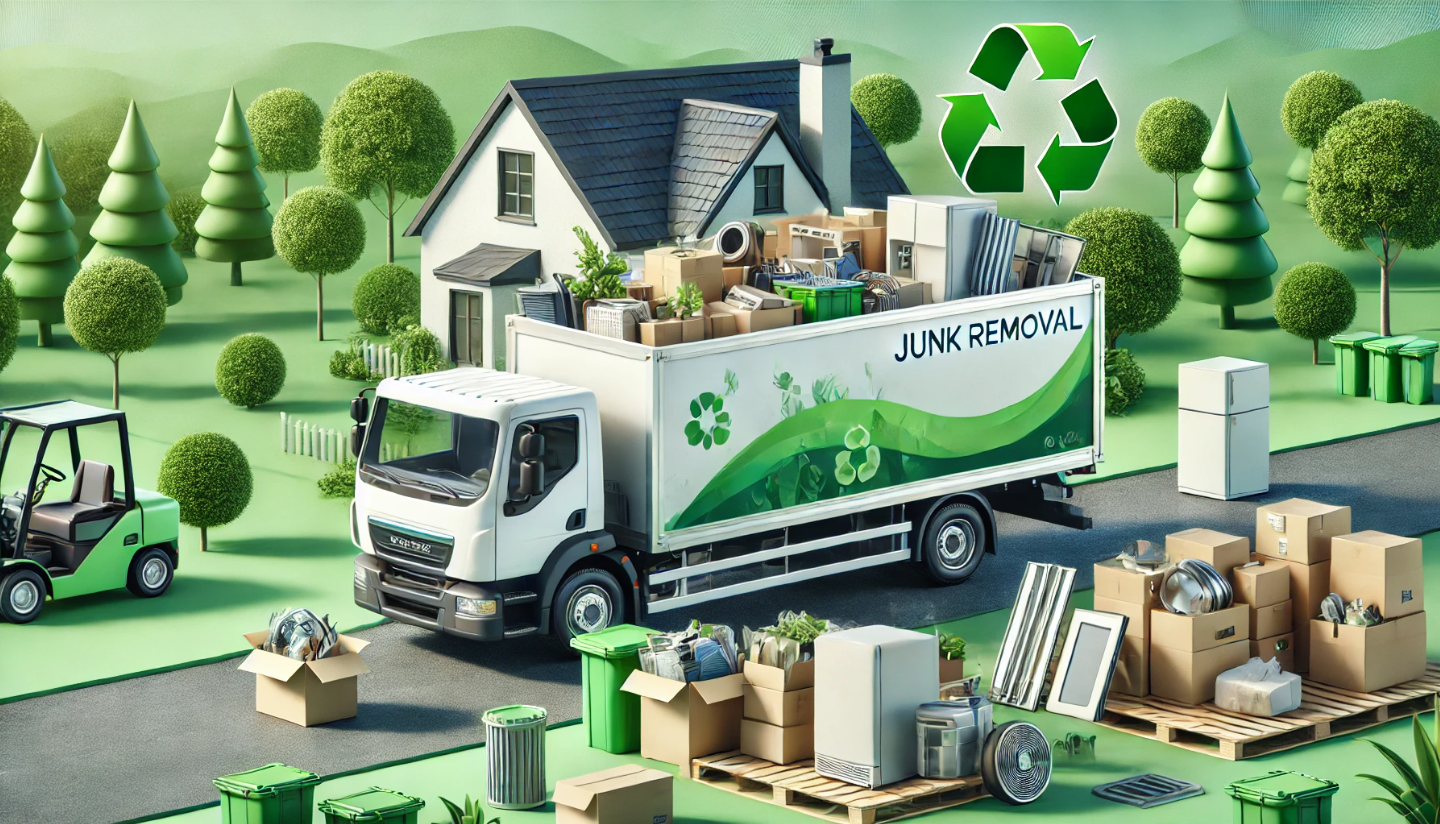
Recycling Unwanted Items – A Comprehensive Guide to Responsible Disposal
Clutter happens, but it doesn’t have to harm the planet. Recycling unwanted items is one of the most effective ways to declutter while contributing to environmental sustainability. Whether you’re clearing out electronics, furniture, or everyday household waste, there are many eco-friendly options available. This guide will walk you through the benefits of recycling, common items that can be recycled, and tips for integrating sustainable practices into your life.
Why Recycle Unwanted Items?
Recycling isn’t just about reducing clutter—it’s about creating a positive environmental impact.
Key Benefits of Recycling:
- Reduces Landfill Waste: Keeps non-biodegradable items out of overflowing landfills.
- Conserves Natural Resources: Recycling reduces the demand for raw materials like wood, metal, and oil.
- Energy Savings: Producing materials from recyclables uses less energy compared to new production.
- Pollution Prevention: Proper recycling ensures hazardous waste doesn’t contaminate the environment.
Common Items That Can Be Recycled
Understanding what items can be recycled is the first step toward responsible disposal.
| Category | Examples | Best Recycling Options |
|---|---|---|
| Electronics (E-Waste) | Phones, laptops, TVs | Certified e-waste recycling centers |
| Furniture | Sofas, tables, chairs | Donation, furniture refurbishing programs |
| Textiles | Clothes, linens, shoes | Textile recycling bins, donation centers |
| Plastics | Bottles, containers, wraps | Local curbside recycling |
| Metals | Aluminum cans, old tools | Scrap metal recyclers |
| Yard Waste | Grass clippings, leaves | Composting, green waste facilities |
Steps for Recycling Unwanted Items
Recycling starts with a little planning and awareness. Here’s how to make it simple and effective:
- Sort Your Items
- Separate items into categories: recyclable, donatable, and non-recyclable waste.
- Use clearly labeled bins to organize items.
- Research Local Recycling Guidelines
- Check your city’s recycling rules to understand what’s accepted.
- Locate drop-off facilities or arrange pick-up services.
- Donate Before You Dispose
- Gently used clothing, furniture, and appliances can be donated to shelters or thrift stores.
- Many organizations provide free pick-up for larger items.
- Recycle E-Waste Properly
- Electronics contain hazardous materials and should be taken to certified facilities.
- Some retailers, like Best Buy and Staples, offer free recycling programs.
- Compost Organic Waste
- Yard waste and food scraps can be composted to enrich soil naturally.
- Use a backyard compost bin or participate in a municipal composting program.
Tips for Reducing Waste and Recycling Smarter
Being mindful of your consumption and disposal habits can further reduce waste.
Practical Tips:
- Avoid Single-Use Plastics
- Opt for reusable bottles, bags, and straws.
- Repurpose Old Items
- Turn glass jars into storage containers or old wood into DIY furniture.
- Host a Community Swap Event
- Exchange clothes, toys, and books with neighbors instead of discarding them.
- Partner with Eco-Friendly Junk Removal Services
- Professional junk removal companies often recycle or donate items on your behalf.
- Educate Yourself and Others
- Spread awareness about recycling best practices through social media or community groups.
FAQs About Recycling Unwanted Items
1. Can all household items be recycled?
Not all items are recyclable. Check with your local facility for specifics on plastics, metals, and electronics.
2. What’s the best way to recycle old electronics?
Take them to certified e-waste recycling centers or use retailer trade-in programs.
3. Are there fees for recycling large items?
Some facilities charge a fee for large or hazardous items, but many offer free drop-offs for smaller goods.
4. How do I dispose of hazardous materials?
Contact a local hazardous waste facility or hire a junk removal service equipped to handle such materials.
5. What should I do with old furniture?
Consider donating it to charities, refurbishing it for continued use, or recycling it through a local program.

